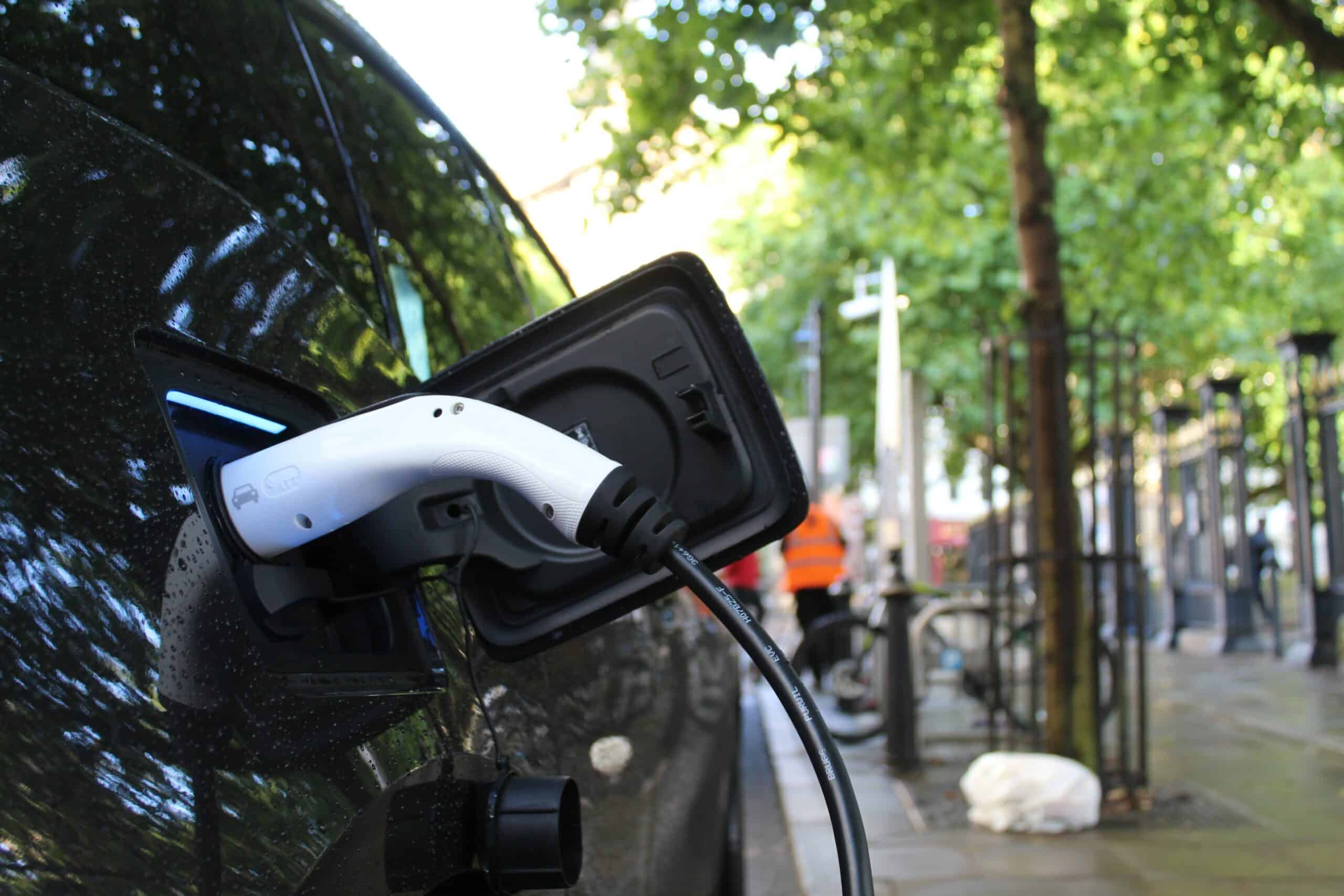The European Union adopted a new set of rules aiming to cover 50% of the EU’s highways with electric vehicle charging stations in the next five years. At the same time, a group of vehicle makers in North America announced a plan to install “at least” 30,000 charging stations in urban and highway locations, starting this year. Independently, these two initiatives highlight how important electric cars are already becoming.

About 14% of the new cars sold last year were electric, according to the International Energy Association (IEA). It’s a significant, but still relatively low percentage. But here’s the deal: it was 9% in 2021 and less than 5% in 2020. In other words, the sale of electric cars has almost tripled, and it’s still growing strong, especially in China, Europe, and the US.
But there’s a catch: the sale of electric cars is growing so much that there’s a need for way more chargers.
There are about 2.7 million public charging points worldwide. A third of all these (900,000) were installed last year, according to the IEA. With most of the charging demand now met by home charging, we still need public chargers to make EVs competitive with fossil fuel vehicles, the IEA said in its report.
The Council of the European Union, one part of the EU’s legislative body, just passed a law that seeks to improve the EV charging infrastructure. From 2025 onwards, fast charging stations of at least 150 kilowatts will have to be installed every 60 kilometers along the EU’s main transport corridor – the TEN-T network.
The regulation also says that the charging stations set up along the TEN-T network, which covers the most important roads in the EU, will have to deliver at least 400 kilowatts by the end of 2025, with at least one charging point capable of providing 150 kilowatts. By 2027, the total power requirements will be 600 kilowatts. An EV’s average energy consumption is around 0.20 kilowatt-hours (kWh) per kilometer or 0.32 kWh per mile.
This would secure fast charging speeds for EVs in a key transportation node in Europe. The new regulation also has specific requirements for truck and bus charging and calls for the release of a public database of these new charging stations by 2027. The database will contain information on wait times, pricing, and availability. Overall, these are ambitious targets for the coming years.
In the US, the private sector is taking initiative
While legislators are driving EV progress in Europe, in the US, it’s the private sector. Big automakers have announced a billion-dollar push for electric chargers.
In line with the EU’s target, a group of automakers is looking to double the number of charging stations currently available in North America. The group includes BMW, GM, Honda, Hyundai, Kia, Mercedes-Benz, and Stellantis, but notably not Tesla.
These automakers want to build a network of 30,000 fast chargers – a joint venture that will start later this year, with the first chargers opening up in mid-2024.
“The fight against climate change is the greatest challenge of our time,” Mercedes-Benz Group CEO Ola Källenius, said in a press statement. “What we need now is speed—across political, social, and corporate boundaries. To accelerate the shift to electric vehicles, we’re in favor of anything that makes life easier for our customers.”
The companies said they will invest at least $1 billion in the endeavor but didn’t give many details on how this will be done. The Wall Street Journal said they might use federal funding to cover up to 80% of the cost. Regardless of who actually pays, it would lead to more charging stations for EVs being set up across North America.

For people on the fence about which car to buy, this should be an important consideration. The lack of charging points is often mentioned as a key downside to electric cars. As electric cars are already becoming cost-competitive with gas cars (and in some instances, even cheaper), making charging points accessible could eliminate one of the remaining roadblocks that stand in the way of EVs.
Ultimately, decarbonizing our transport sector is a crucial step toward mitigating the impacts of climate change. Transport currently represents a major part of global carbon dioxide emissions. The transition to electric vehicles will not only reduce the carbon footprint from road transport but also improve air quality in cities, a significant public health concern.


